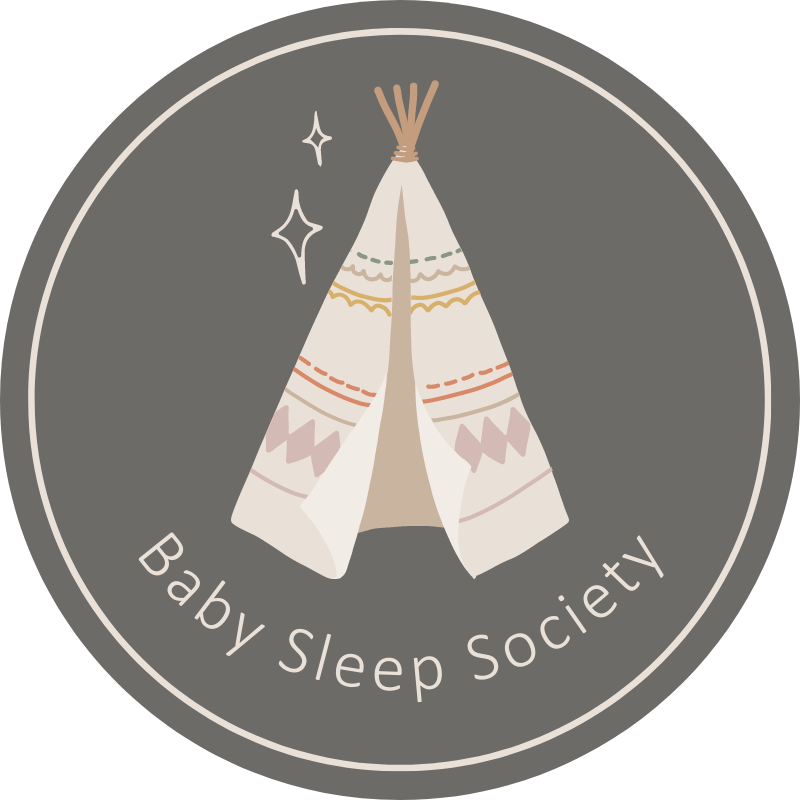8 easy steps towards better sleep
Thinking about where to start to help your little one sleep can feel overwhelming, where should you begin? These simple sleep hygiene tips can be implemented without much effort and are a great way to start addressing any sleep concerns.
Expose your child to broad-spectrum daylight
Exposure to natural daylight, especially in the morning, will help to reinforce the strongest circadian (body clock) cue.
Our top tips:
Start the day at a set time every day (for example at 7am) and open the curtains / turn the light on in the winter months to signal the start of the day.
Use dim light in the evenings, before bedtime, as a signal that it will soon be time for bed.
Put socks on to sleep
Feet help to regulate the body’s core temperature. As core body temperature drops in the early hours of the morning, it can be common for children to wake if their body temperature has dropped.
Our top tip:
Pop socks or cover your little one’s feet before bedtime – it may reduce early morning waking!
Wear 100% cotton layers
Clothes made from 100% are more breathable (creating better aeration) and the nature of cotton allows it to absorb and remove the body’s moisture more easily. Cotton is also soft and kinder to the skin than other fabrics so it’s especially good for children with any skin concerns such as eczema. Cotton can help to regulate your baby’s temperature in the night.
Our top tip:
Dress your baby in 100% cotton layers, if you’re unsure of how many layers they need there are some useful guides that come with some of the well known sleeping bag brands or you can find guides online
Use pink or white noise
White or pink noise helps to block out any disruptive sounds (and is especially great if baby is room sharing) to minimise your child startling to wake. Pink noise should only be used for babies older than 6 months, but has been shown to deepen the sleep cycle.
Our top tip:
You can buy relatively cheap white noise machines that run continuously all night or find a looping track on Spotify or YouTube and play it via your phone. It’s important to use a continuous sound (rather something that stops after 20 minutes) as this will help your baby transition through sleep cycles
Our favourite white noise machine is this i-Star Portable Sleep Sound Machine linked here.
Ensure your child has a consistent nap / bedtime routine
Research has shown that having a consistent bedtime routine is associated with better sleep outcomes including earlier bedtimes, shorter sleep onset latency (time it takes to fall asleep), reduced night wakings and increased sleep duration.
Our top tips:
Introduce a simple, predictable routine that you can use before each nap and bedtime, where activities take place in the same order
Ensure the routine isn’t so fast that it doesn’t enable your child to calm and sooth before sleep, nor so long that it loses focus and causes overtiredness
Normally about 20-30 mins is about right and can including things such as: changing nappy, putting into pyjamas, saying good night, singing a song, turning on white noise, lights out etc
Exercise and time outside
It is proven that exercise helps people gain better sleep and increases total sleep time. Making sure your child is getting plenty of time outside and as much exercise as possible can be a real game-changer for some children if they are not sleeping because they have too much unspent physical energy.
Our top tips:
Even young babies can exercise – give them plenty of opportunity to roll, sit, crawl, jump, bounce, even better if you can do some of this outside!
Try a little bit of physical activity during each awake window
Limit exposure to screens or blue light
Mobile phones, tablets, TVs, light projectors all emit blue light which suppresses melatonin – a key hormone that promotes sleep. Research has shown that children, in particular, may be more affected by blue light exposure with reduced total sleep duration.
Our top tips:
Eliminate blue light exposure in the hour before bedtime (consider all screens as well as the more obvious TV screens and any devices which emit light)
Don’t be tempted to put the lights on or put your baby in front of the TV if they are not sleeping – this will only delay their sleep, instead, comfort them in a dark room
Create a distinctive wind down time
Having a distinctive wind down time will ease your child into the transition to the bedtime routine and will help the bedtime routine run more calmly as cortisol levels are lowered and your child relaxes in time for bed.
Our top tips:
After the evening meal, about 15-30 minutes before you start the bedtime routine, dim the lights, start to use a quieter, calmer voice and tidy up the toys
Then you can start quiet time which could include reading some books, or other calm activities
If you need a little more help with sleep, take a look at the packages we offer here. Leave us a comment if you’re going to give any of these simple steps a try!

